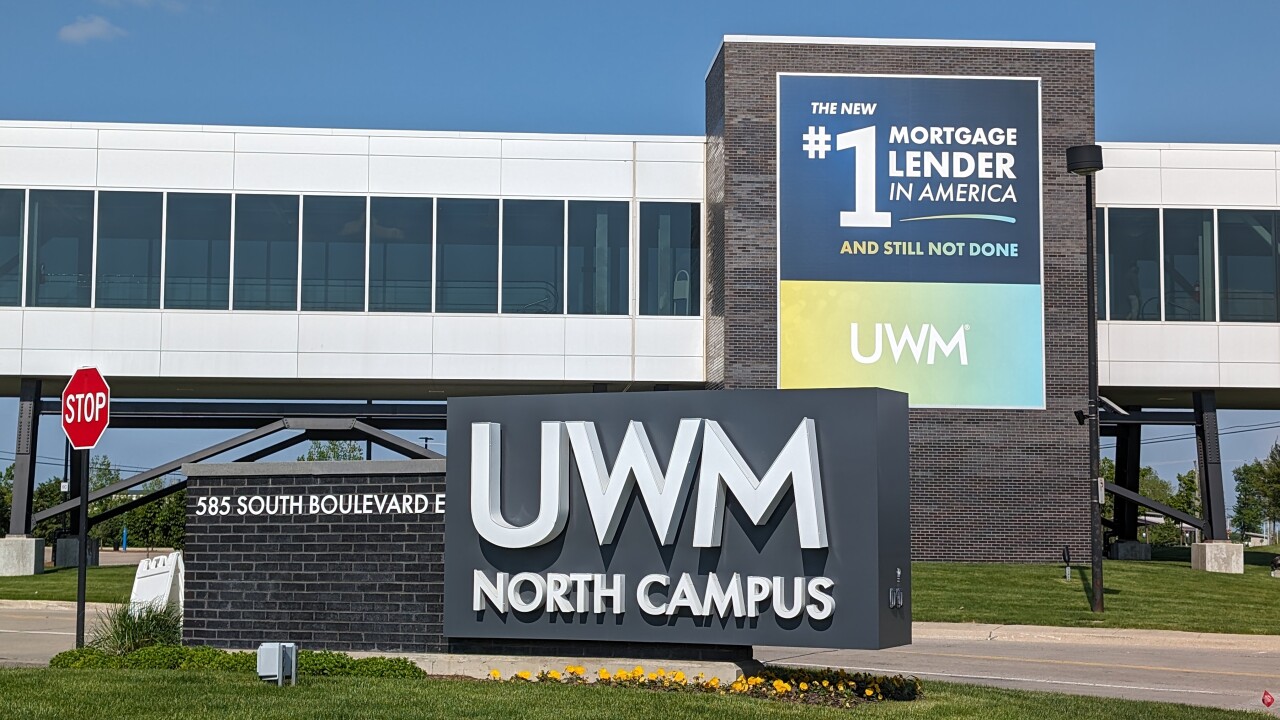The Bank of Canada said financial system vulnerabilities associated with household debt have increased in recent months, as a combination of surging home prices in Toronto and Vancouver and tighter qualification rules for insured home finance drive growth in uninsured mortgages.
In its semiannual report on the financial system, Canada’s central bank paints a picture of a housing market where government mortgage tightening measures are being offset by the growing costs for buying homes in Toronto and Vancouver.

Measures by the federal government last year to tighten qualification rules have improved the credit quality of the insured mortgage sector, the central bank said. Those measures though may be pushing more higher-risk borrowers into the uninsured space, the Bank of Canada said.
“Some potential borrowers have likely chosen to purchase less expensive homes, some have chosen to delay their purchases, and others may have increased their down payments and taken out low-ratio mortgages,” it said.
The Bank of Canada also commented on the situation at Home Capital Group, saying the “first steps” of a market-based solution have emerged, adding that the market expects the situation is largely isolated to the troubled lender.
There are growing worries about uninsured mortgages, which are increasing as a share of total mortgages. Not only is the uninsured sector growing, but the Bank of Canada is seeing some riskier mortgages within that area.
Worries include the growing use of home equity lines of credit that have been growing at rates above income growth since early 2016. The quality of credit has improved significantly for high-ratio mortgages (those with down payments of less than 20%), amid a decline in share of highly indebted borrowers.
The volume of insured mortgages has also decreased. Housing market imbalances have also risen over the past six months, increasing vulnerabilities to a housing correction.
Still, macro-prudential and housing policy measures will help mitigate this vulnerability over time.
While fundamentals remain strong in Toronto and Vancouver housing markets, they cannot explain recent price gains.
“Extrapolative expectations” and speculation have become more pervasive. Foreign buyer taxes typically have a temporary effect. That includes the tax introduce in Ontario in April. The Bank of Canada flags concern that “could arise if a significant proportion of the funding for down payments comes from other forms of borrowing, rather than from personal savings or friends and family.”
There is not enough data to assess how frequently co-lending arrangements occur when a mortgage is bundled with a second loan. Increased funding for low-ratio mortgages isn’t coming from portfolio insurance, which is declining. There may be some growth from private lenders who operate outside the regulated market
There are changing characteristics of low-ratio mortgages that suggest increased risk. Highly indebted borrowers are choosing higher down payments to get around more stringent mortgage qualification rules. The share of low-ratio mortgages with amortization periods longer than 25 years now makes up more than half of all borrowers.





